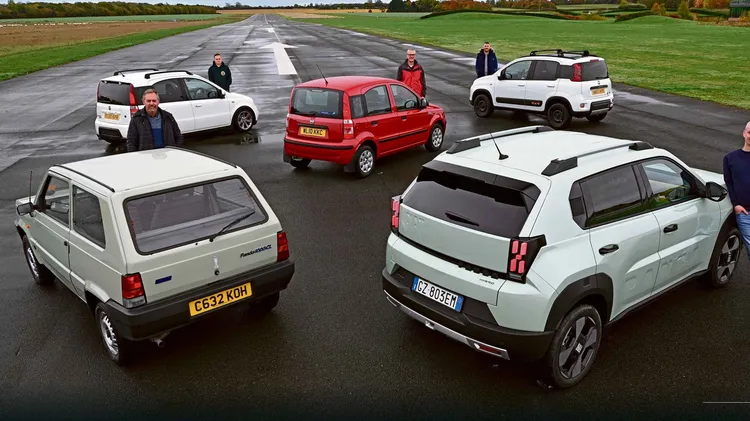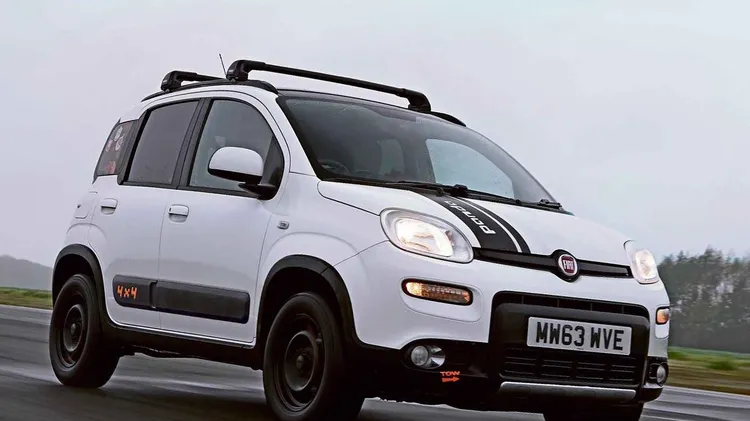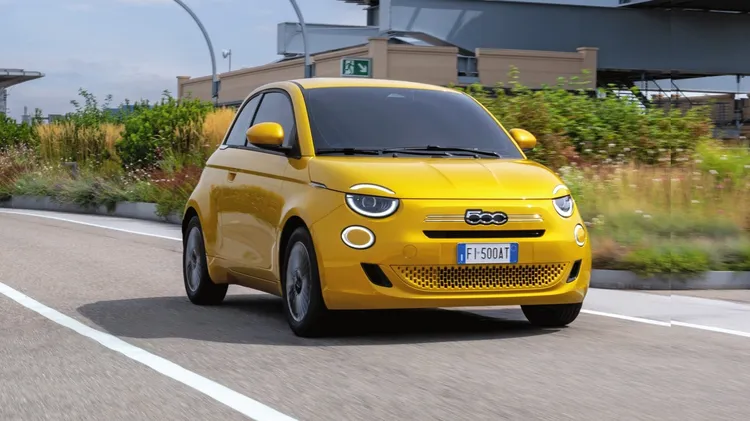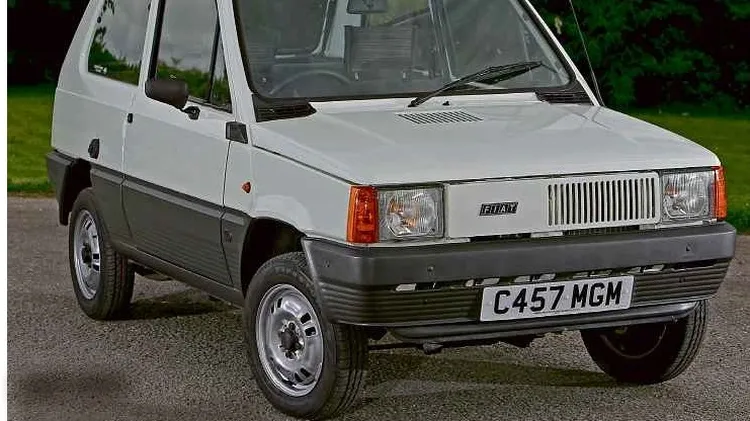The Panda’s ‘simple, cheap and clever’ philosophy continues in a new era –
Fiat panda
2 min read
This article is from...
Read this article and 8000+ more magazines and newspapers on Readly






